6XB2C Tool Steel Product Introduction
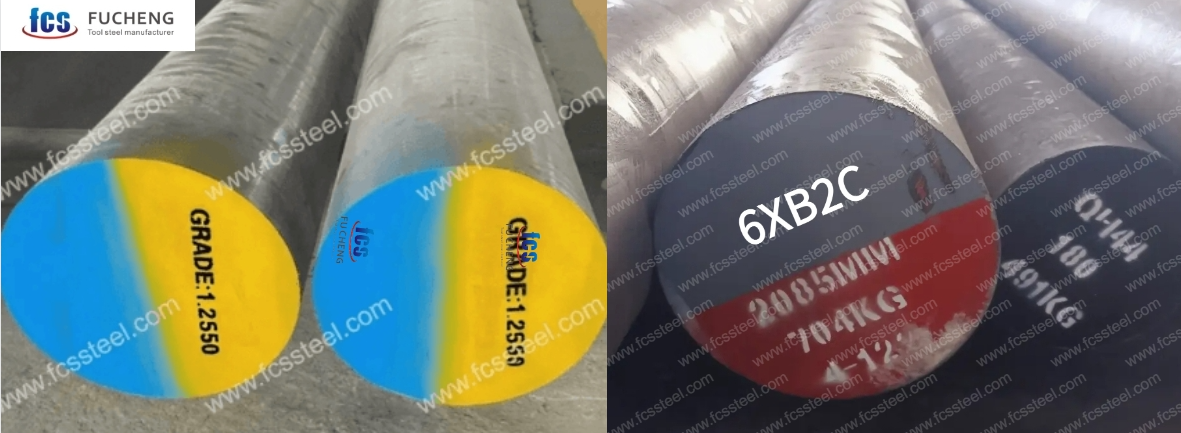
6XB2C tool steel is a tungsten-alloyed impact-resistant tool steel according to the Russian ГОСТ standard, classified as a medium-carbon chromium-silicon alloyed tool steel. Its chemical composition is based on medium-high carbon (C: 0.55-0.65%), supplemented by chromium (Cr: 0.90-1.20%), tungsten, silicon, manganese and other elements, with strict control of phosphorus and sulphur impurities. The steel has excellent hardenability (uniform depth of oil quench hardening) and high-temperature strength retention (high hardness at 400°C), while tungsten refines the grain to improve toughness and reduce the risk of brittle cracking under impact conditions.
Through oil hardening (860-900°C) and low to medium temperature tempering (typically 150-400°C), 6XB2C can be optimised to a hardness of ≥57 HRC, a tensile strength of ≥672 MPa, a yield strength of ≥472 MPa, and a predominantly tempered martensite organisation.32 The nature of the design relies on the enhanced wear resistance of tungsten carbides, with the help of chromium-chromium-carbon composites. Its design nature relies on tungsten carbides to enhance wear resistance and a chromium-silicon composite to balance strength and plasticity, but it should be noted that its low thermal conductivity (about 24.3 W/(m-K)) may accumulate thermal stresses during rapid thermal cycling.
6XB2C Tool Steel Types and Options

The table below shows the size range, surface condition and tolerance details for 6XB2C Tool Steel:
6XB2C Tool Steel Customized Options
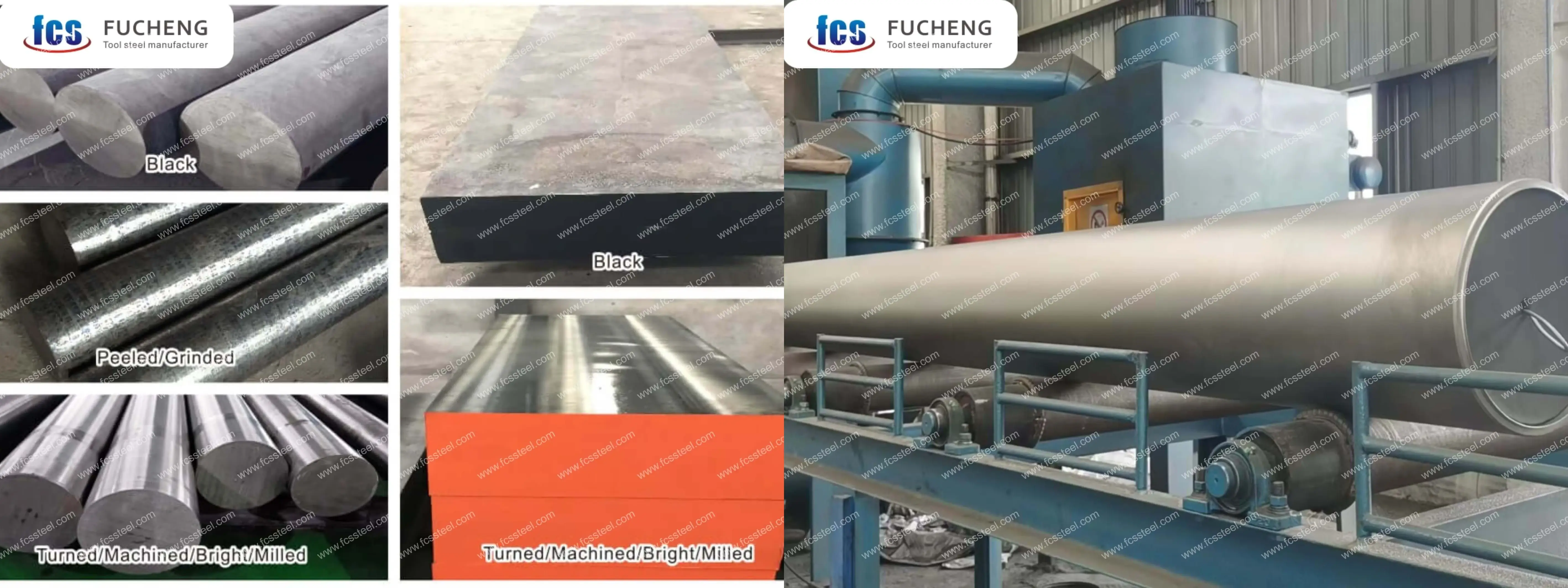
- Customized chemical composition: GB, DIN, ASTM, JIS and other standard grades can be produced. Chemical composition can be customized individually.
- Customized specifications: round steel (diameter), plate steel (thickness, width) can be customized production.
- Specialized packaging for long term storage or extreme transportation conditions: includes spraying black paint all around, wrapping plastic film, spraying anti-rust oil, and shipping in wooden crates.
- Customized production based on samples or technical agreements.
- 6XB2C Tool Steel Electroslag Remelting (ESR): premium option with higher purity and isotropic properties for critical applications.
6XB2C Tool Steel Chemical Composition
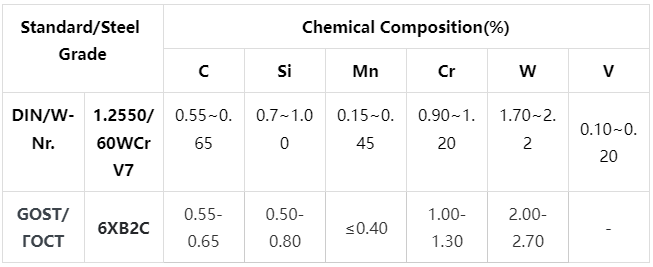
6XB2C Tool Steel Heat Treatment Process
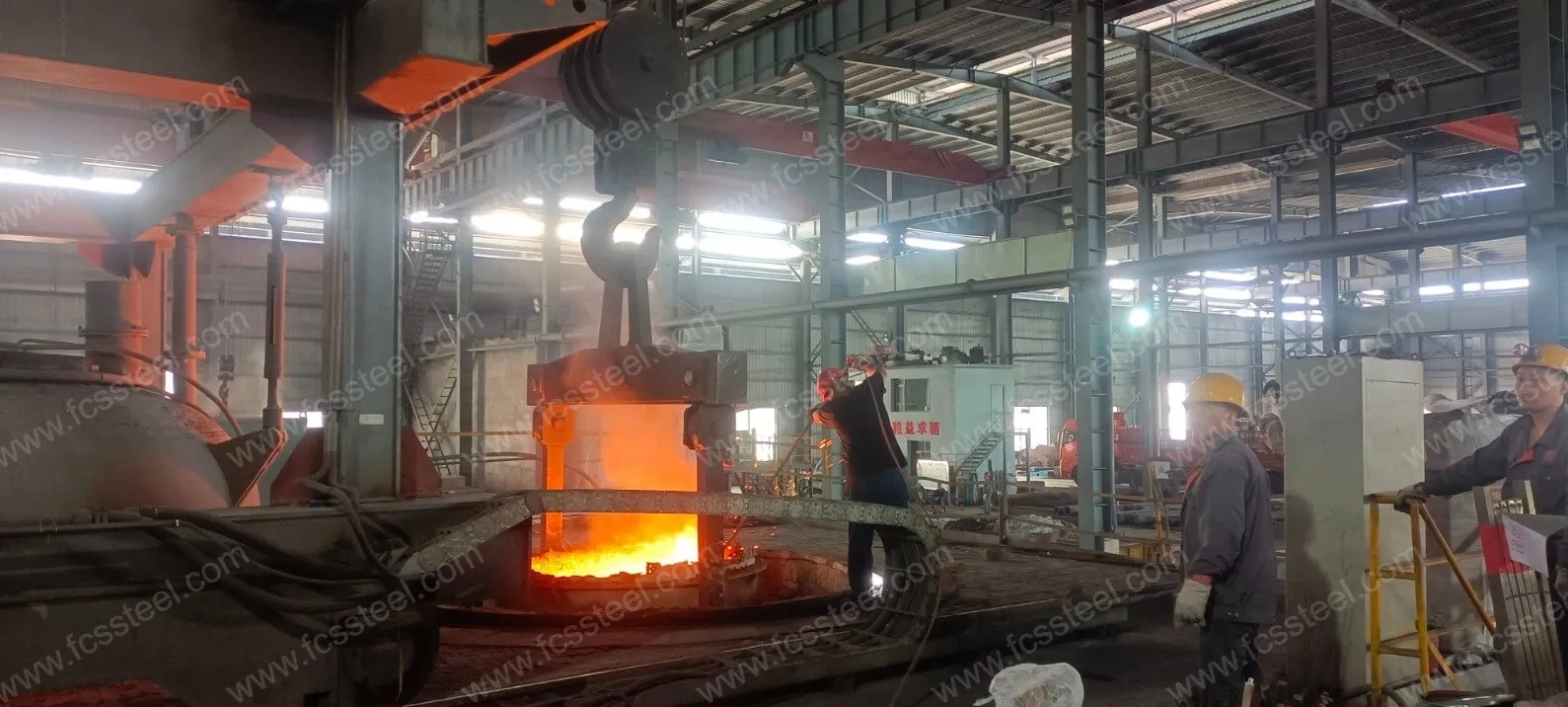
1.Annealing
2.Quenching
3.Tempering
4.Precautions
Heating process should control the rate of heating to avoid too rapid a rise in temperature leading to workpiece surface oxidation and decarburization. Protective atmosphere heating can be used or placed in the furnace charcoal and other anti-decarburization agent.
When quenching and cooling, choose the appropriate cooling medium and cooling method according to the shape and size of the workpiece to ensure the quenching effect while reducing the risk of deformation and cracking.
6XB2C Tool Steel Quality Inspection
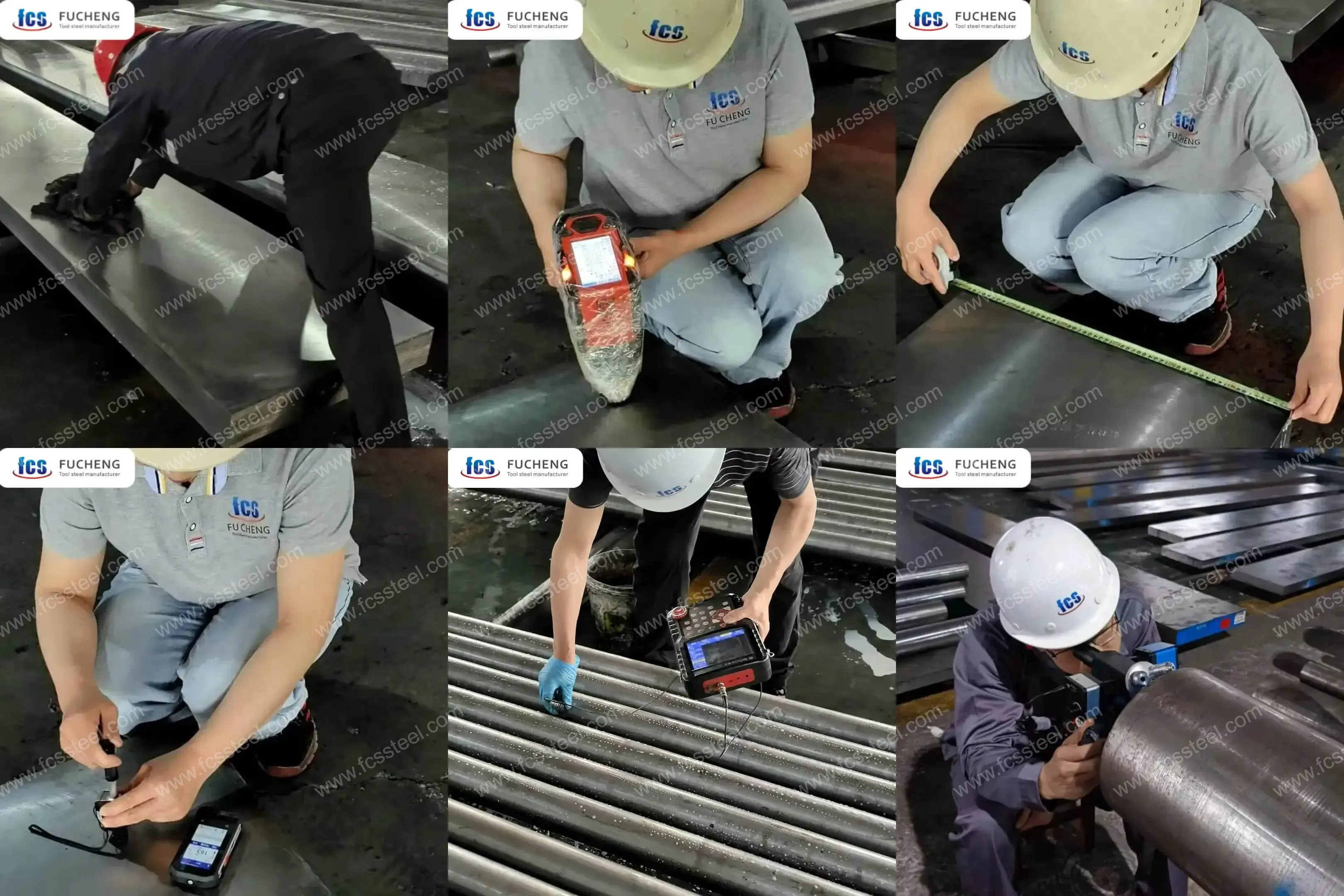
1.Surface Condition Inspection
2.Chemical Composition Testing
3.Dimension and Tolerance Inspection
4.Hardness test
5.Ultrasonic Testing
6.Microstructure Inspection
(1) Metallographic Analysis
FCS factory will use metallographic analysis instrument to detect the microstructure state after heat treatment, including carbide distribution, martensite morphology, residual austenite content, etc.
(2) Grain size rating
6XB2C Tool Steel Technical Specifications
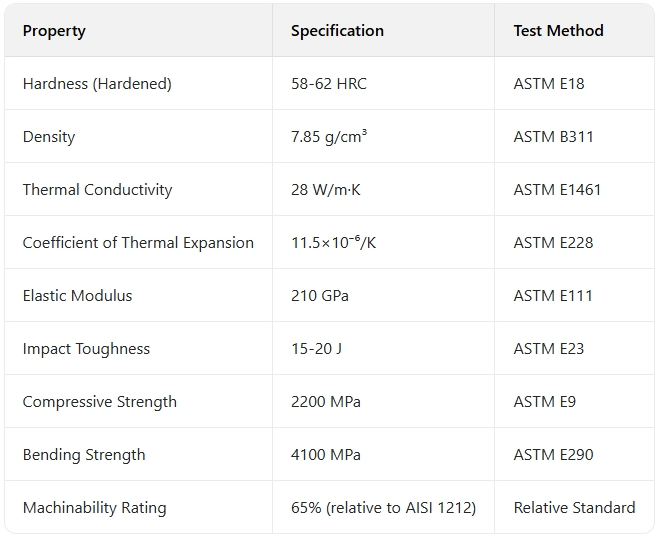
6XB2C Tool Steel Product Applications
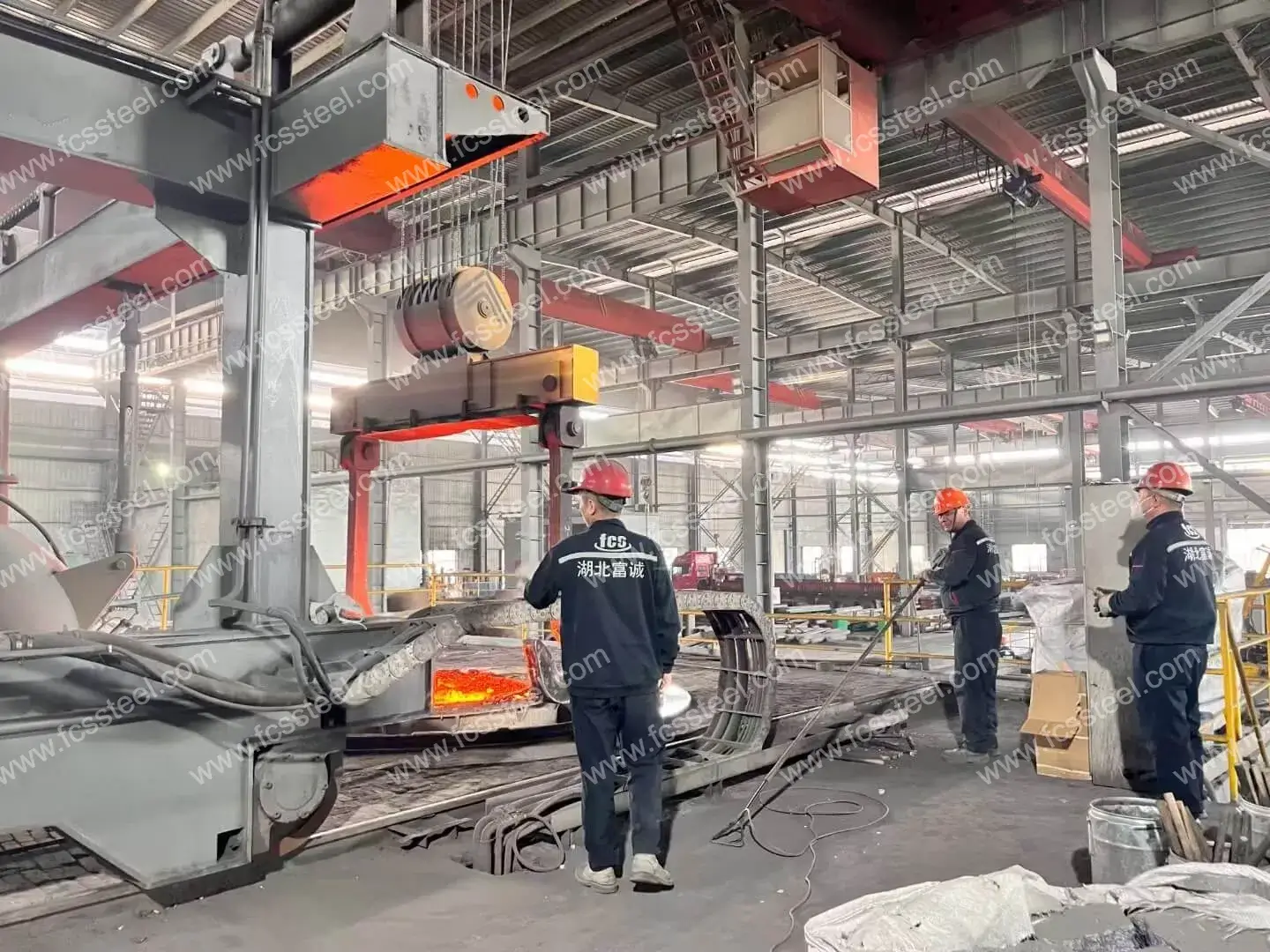
Typical applications
- Various types of industrial shear blades, paper cutter knives, cutting tools
- Punching dies, trimming dies, slitting knives, precision moulds.
- Hot work tools, e.g. screw punches, hot riveting tools
- Hot forging dies for high temperature alloys
- Widely used in Russia, Ukraine and some Asian markets as a substitute for some European steels.
6XB2C Tool Steel Competitive Advantage Comparison

6XB2C Tool Steel Customer Success Stories
6XB2C Tool Steel Pricing Structure Information
6XB2C Tool Steel Frequently Asked Questions
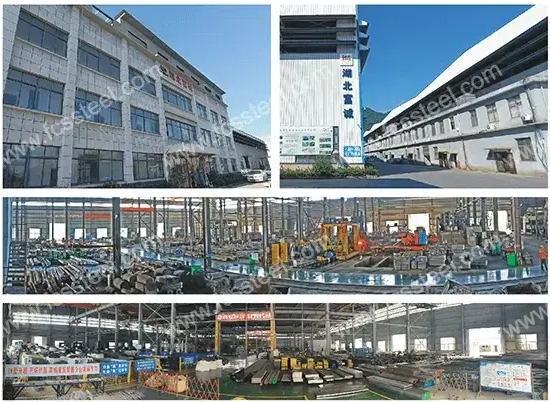
What distinguishes 6XB2C from conventional high performance tool steels?
6XB2C offers a combination of wear resistance and toughness unmatched by conventional tool steels through proprietary melting and thermomechanical processing to form a unique multi-carbide microstructure. The carefully balanced alloy design excels in high-stress, high-temperature applications while maintaining good machinability and heat treat response.How does 6XB2C's machinability compare to other tool steels?
The machinability in the annealed state (22-25 HRC) is good, about 65% in relation to AISI 1212 easy-cutting steels and comparable to other high-alloyed tool steels. Carbide tools and moderate cutting speeds are recommended, and EDM is very effective for complex geometries - 6XB2C is suitable for wire EDM and form EDM under appropriate parameters.What surface finishes are suitable for 6XB2C tool steel?
6XB2C is suitable for most commercial surface enhancement processes, especially for PVD coatings (TiN, TiAlN, CrN), nitriding (gas, plasma, salt bath) and various specialised treatments such as boron coating. The high matrix hardness provides excellent support for the surface treatment, enhancing its effectiveness and durability in service.What is the cost of 6XB2C versus conventional tool steels in terms of total life cycle cost?
Although the cost per kg of 6XB2C is typically 20-30% higher than conventional tool steels, the total life cycle cost analysis for most applications strongly favours 6XB2C. Combined with longer tool life, reduced maintenance, shorter downtime, and improved quality, most customers realise a 15-25% reduction in total cost of production, with a typical payback period of 3-6 months.Common applications where 6XB2C benefits are most significant?
The most significant performance gains are typically seen in high stress abrasive wear applications (especially in high temperature environments), specifically: aluminium die casting dies, cold work tools for high-strength materials, advanced high-strength steel stamping dies, powder compacting dies, and cutting tools for difficult-to-machine materials.


-1.png)












